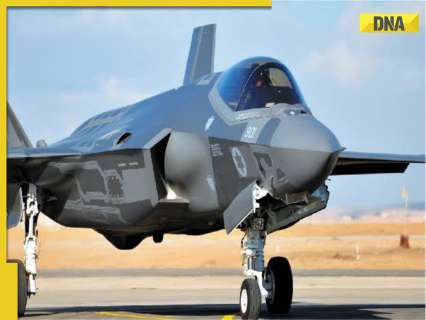The IDF clarified that their operation was aimed only at military targets. They avoided attacking nuclear or oil facilities to reduce the risk of escalating the conflict further. More than 100 aircraft took part in the attack on Iran on Saturday, including advanced F-35 fighter jets.
Israel’s initial attack focused on radar sites in Syria to weaken Iran’s surveillance abilities. This soon escalated into a broader offensive, targeting both Tehran, the capital of Iran, and Karaj, another important location. The IDF stated that the operation targeted only military sites, avoiding nuclear and oil facilities to prevent the conflict from spreading.
Israel remains on high alert, expecting possible retaliation, not just from Iran. The large-scale attack used more than 100 aircraft, including F-35 "Adir" stealth fighters, flying a distance of around 2,000 kilometers. Foreign reports indicate that the strikes targeted Tehran and Karaj.
The IDF explained that each wave of attacks was directed only at military sites to reduce the chances of the conflict escalating further. The operation likely started with early attacks on radar and air defense systems to open the way for later strikes on military bases. Earlier, Israel launched a coordinated attack in Syria to eliminate key threats, such as radar and defense systems, that could have alerted Iran.
This move prevented Iran from gaining insight into Israel’s plans ahead of time. By disrupting their ability to gather information, Isra.


















